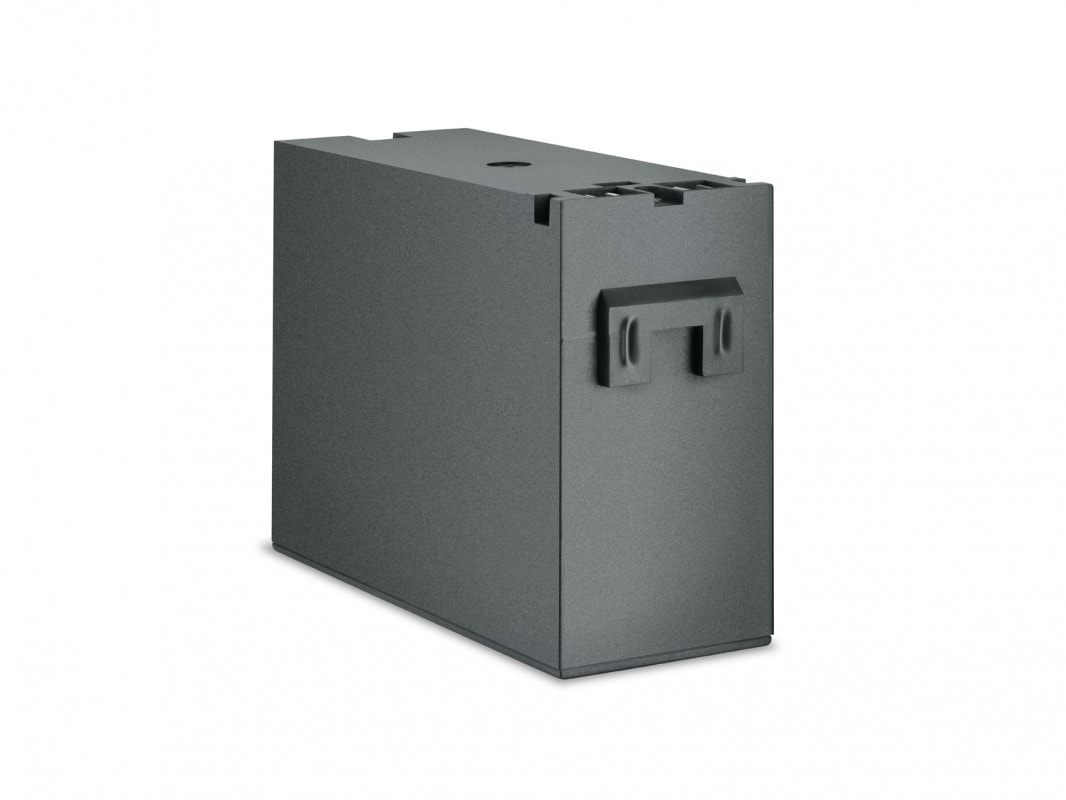History: How Lincad Became A Leader In Lithium-ion


Now at the forefront of lithium-ion (Li-ion) battery technology, Lincad began its journey into this chemistry back in 1999. It was then that the company became involved in the development of a Li-ion battery for soldier-portable radio equipment in partnership with the UK Ministry of Defence (MOD) and a global cell manufacturer.
The new technology offered a 300% improvement on the energy density of some of the most common batteries in use at the time, a dramatic improvement for armed forces personnel who were already experiencing an upsurge in the use of portable powered equipment. The new battery was designated the LIPS (Lithium-ion Power System) 1 and had a capacity of 12Ah at a nominal 24V in a 3.6kg package.
Lincad continued to seek improvements to the products on offer to the MOD by producing a specific Li-ion equivalent to the then dated nickel cadmium (NiCd) battery used for the Clansman radio.
The Clansman was an integrated radio system, sometimes called a Combat Net Radio (CNR),which was not only much lighter than its predecessor but also more flexible and more reliable. Its main advantage was that it used switched channels as opposed to a variable tuning scale which provided frequency stability and removed the need for frequent tweaking to maintain a signal.
The new battery, entirely designed, developed and manufactured by Lincad, provided a 400% increase in available energy in comparison with the NiCd Clansman battery. This unit was designated the LIPS 2 and entered service in 2004 with a 14Ah capacity at a nominal 24V in a 3.2kg package.
FURTHER DEVELOPMENTS
Although the rechargeable Lithium-ion battery was first proposed by chemist M Stanley Whittingham at Exxon in the 1970s and developed by John B Goodenough at the University of Oxford in 1980, the technology first started to gain wide commercial acceptance in the early 2000s. Further advances in cell technology enabled Lincad to replace the LIPS 2 with the LIPS 9, a battery which provided an improved 19Ah within the same footprint and weight.
The LIPS 9 marked the end of the development of the Clansman interface. However, the original LIPS 1 style interface continued with other LIPS-designated battery styles being generated in response to specific military requirements.
The next step in the LIPS 1 style interface was the LIPS 5 battery, which was introduced into service in 2005. The LIPS 5 provided a large capacity increase over the LIPS 1, to 19Ah with only a marginal weight increase to 3.7kg.
Further developments saw the evolution of the LIPS 5 into the LIPS 10 which maintained the exact style, weight and voltage of the LIPS 5 but with a further capacity increase to 23Ah. The LIPS 10 came into service in 2009. The LIPS 11 and LIPS 12 were size variants based on the LIPS 10, offering a two-thirds and one-third capacity at a reduced weight and size.
INTO THE FUTURE
Lincad’s absolute commitment to investing in research and development has led to its newest battery, the LIPS 15. Maintaining the same packaging, weight and voltage, the LIPS 15 offers a 27Ah capacity. Further step changes in the LIPS 15 have included configurable software within the battery management system as well as greatly improved logging and diagnostics for fleet management. 20 years after its first concept was developed, Lincad continues to lead the way in Li-ion battery technology for military applications.
This is part of Lincad’s history series – to view the full PDF click here.